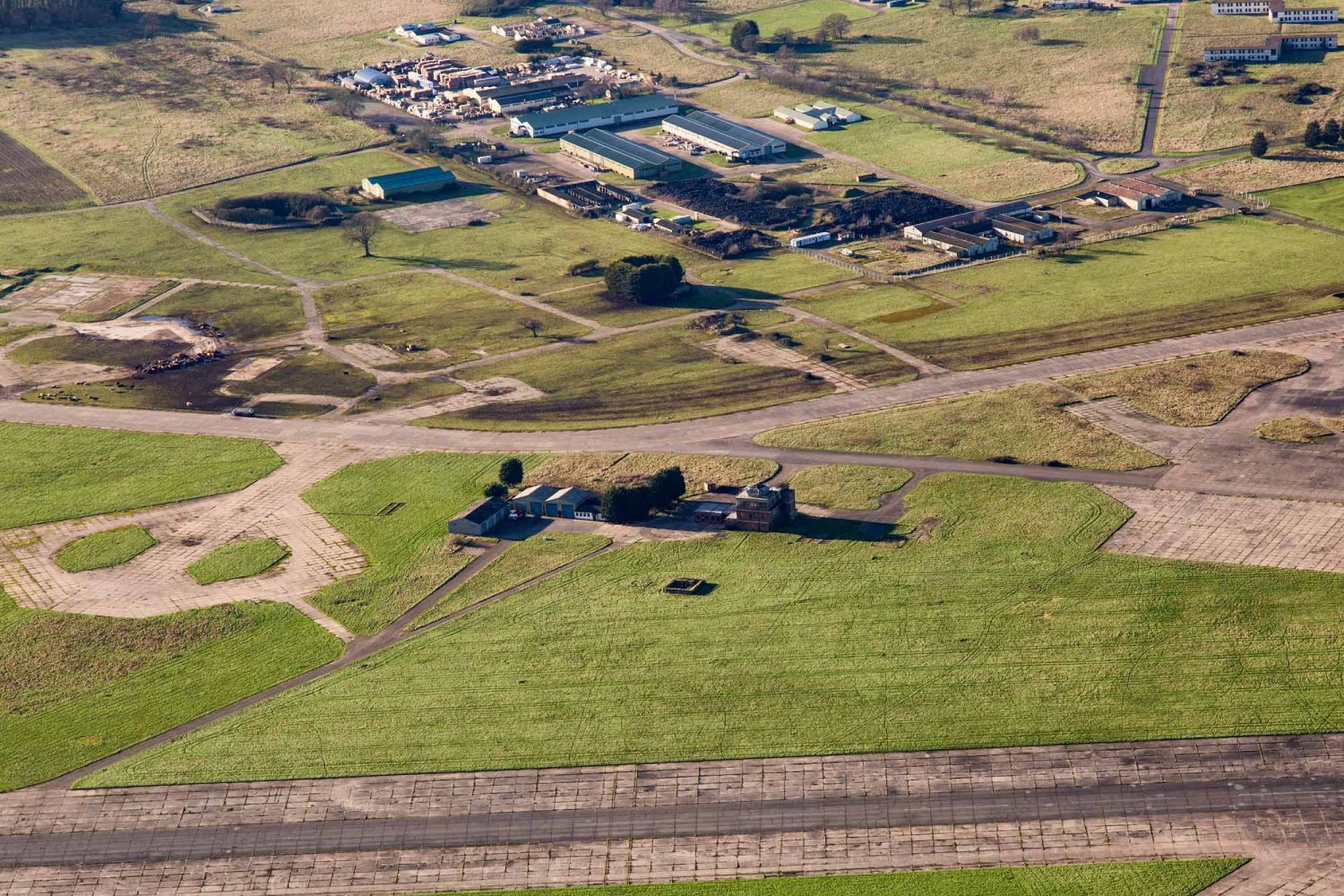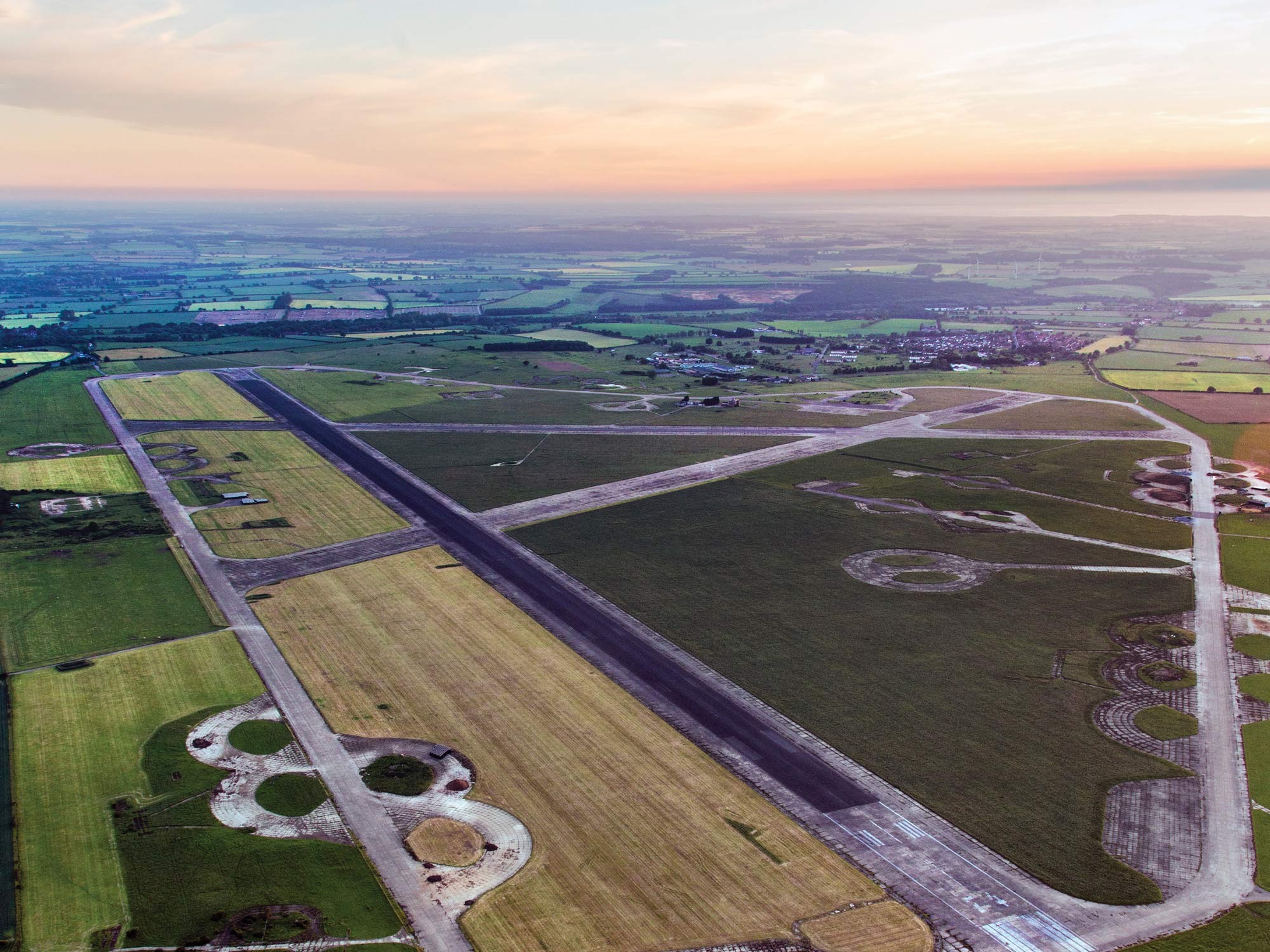
The lasting legacy of a proud military tradition
At one time Norfolk was home to over 50 airbases, but although they’re now living new lives, the vital part they played in our history lives on
When the First World War started in 1914 there were only seven aerodromes in the whole country, but within four years that number would increase to over 300 - over 10% of which were in Norfolk.
Some were large stations with several aircraft, while others were simple landing grounds featuring little more than a telephone and a storage shed.
Norfolk’s relative flatness and its proximity to Europe (just over 100 miles from Great Yarmouth to Holland) made it perfect for aviation sites, and on the outbreak of the Second World War it’s fair to say the county went airbase crazy.
In just six years, now fewer than 444 airfields were constructed in Britain at a cost of over £200 million - at the peak of construction in 1942 a new airfield was being opened every three days. And the scale of this building work is hard to imagine. The creation of RAF Rackheath just outside Norwich in 1943, for example, required over half a million cubic yards of concrete.
The end of the war saw this massive construction programme come to an end, and many of the airfields were gradually closed down and sold off. Today they range from Bircham Newton - which is almost unique in having most of its buildings pretty much intact - to Matlaske (south of Cromer) which has almost completely disappeared apart from a few traces of the perimeter track.
At one time Norfolk had over 50 RAF bases, and this heritage is still very much with us today - albeit in slightly different ways.
Only three miles from the coast, RAF Langham was in operation for 18 years and played a key role in both the Second World War and the Cold War - eventually bought by Bernard Matthews, the runways soon featured turkey sheds rather than aircraft.
Thanks to the North Norfolk Historic Buildings Trust, the Heritage Lottery Fund and The Friends of Langham Dome, its iconic ‘dome’ is now a brilliant visitor centre that tells the story of the station. A ground-breaking training facility when it was built, it’s reported to be the youngest Scheduled Ancient Monument in the whole of the UK.
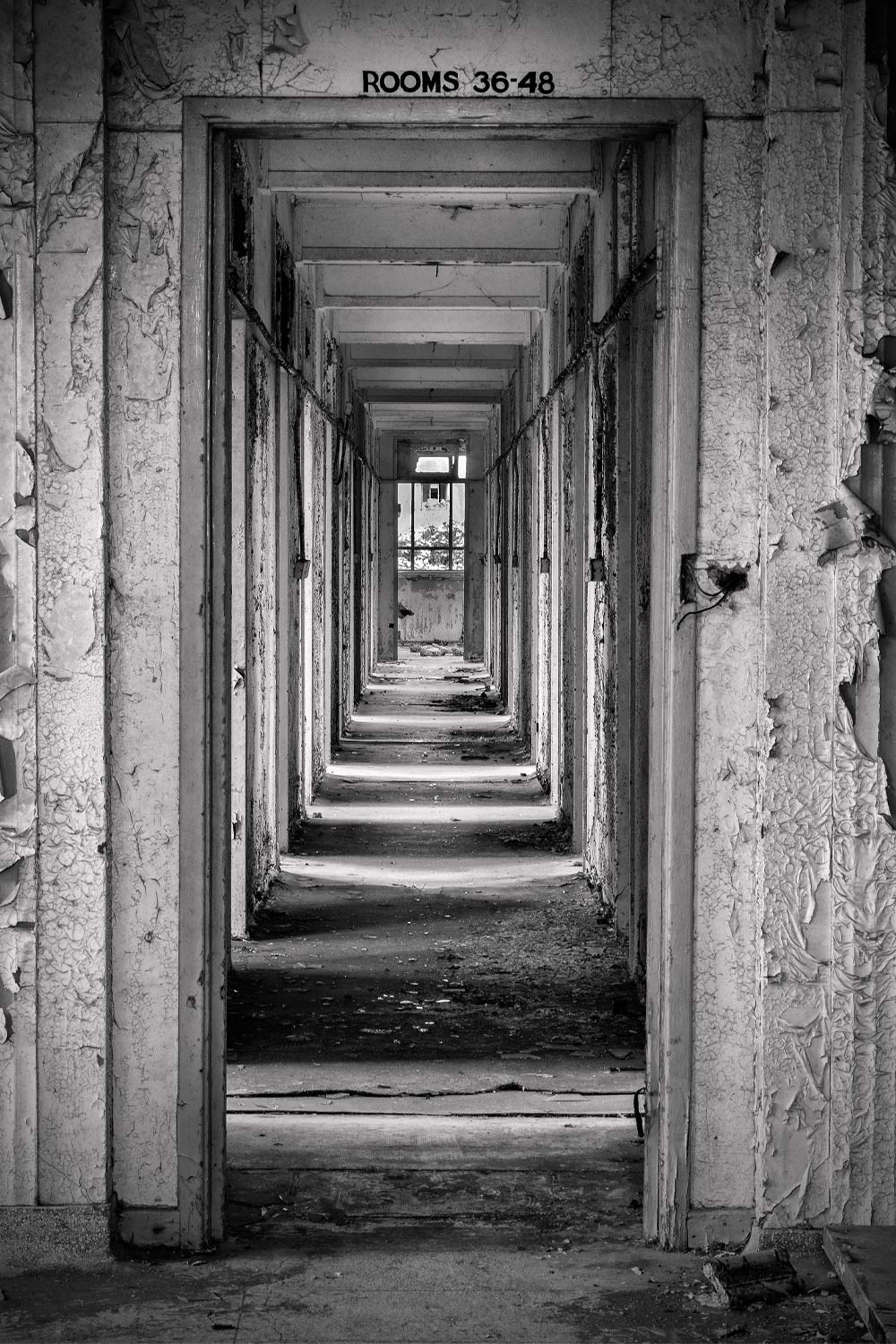
As for RAF Hethel (used by the US Army Air Force as a bomber squadron base) it was closed in 1948 - but instead of reverting to its former life as agricultural land it was bought by Lotus Cars in 1966 and is now a test track for the company’s latest models.
RAF North Creake was once north Norfolk’s secret weapon and the bomber base was once home to over 3,000 people, but today little remains apart from the control tower, which has been transformed into a unique vegetarian bed and breakfast.
Even bigger was RAF Sculthorpe, north Norfolk’s only US Air Force atomic base - in fact, at its height it was the biggest atomic bomber base in Europe, with over 10,000 personnel.
Three miles from Fakenham, it was the atomic deterrent against the Soviet Union for over a decade until its closure in 1992 - and five years later the Ministry of Defence sold the entire technical, domestic and administrative site to The Welbeck Estate Group.
Although the airfield itself was retained by the MoD to form part of the Defence Training Estate, other parts of the base became a business park and a housing estate named Wicken Green - the only military buildings that now remain are the control tower, the neighbouring fire station and a small concrete shelter, which is used by a local farmer for machinery and equipment storage.
Last August the RAF Sculthorpe Heritage Centre opened in Wicken Green and celebrates the history and importance of the site, featuring items such as the J71 jet engine from a RB-66 Destroyer - which is the only known surviving example in the whole country.
In the south of the county, RAF Snetterton Heath once included three concrete runways, over 50 hard standings and two hangers - and was the base for over 300 missions before the US 96th Bomb Group left for home at the end of 1945. Bought privately in 1952, the airbase was developed into a race circuit, and now host hundred of events such as the British Touring Car Championships and British Super Bikes.
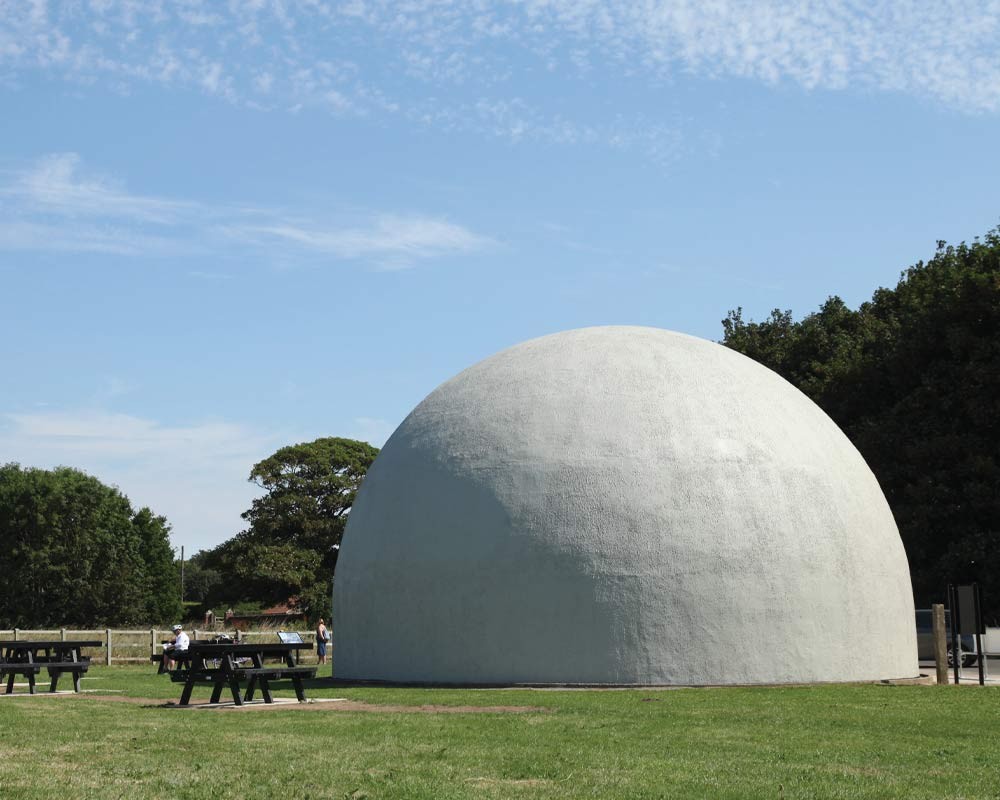
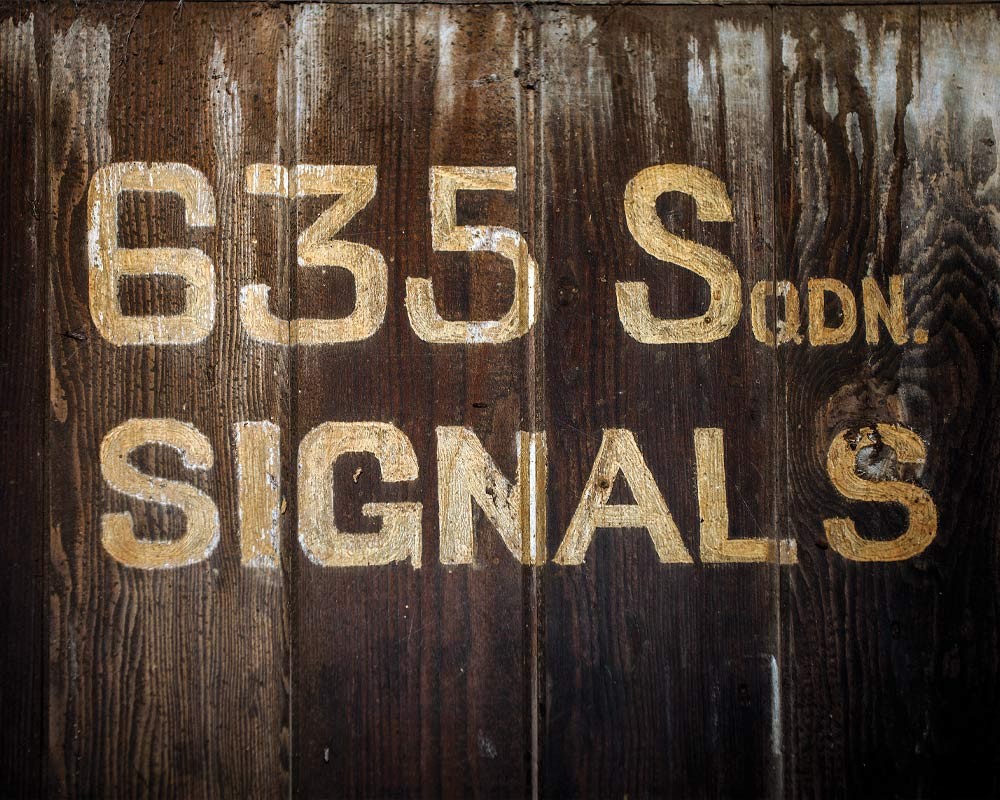
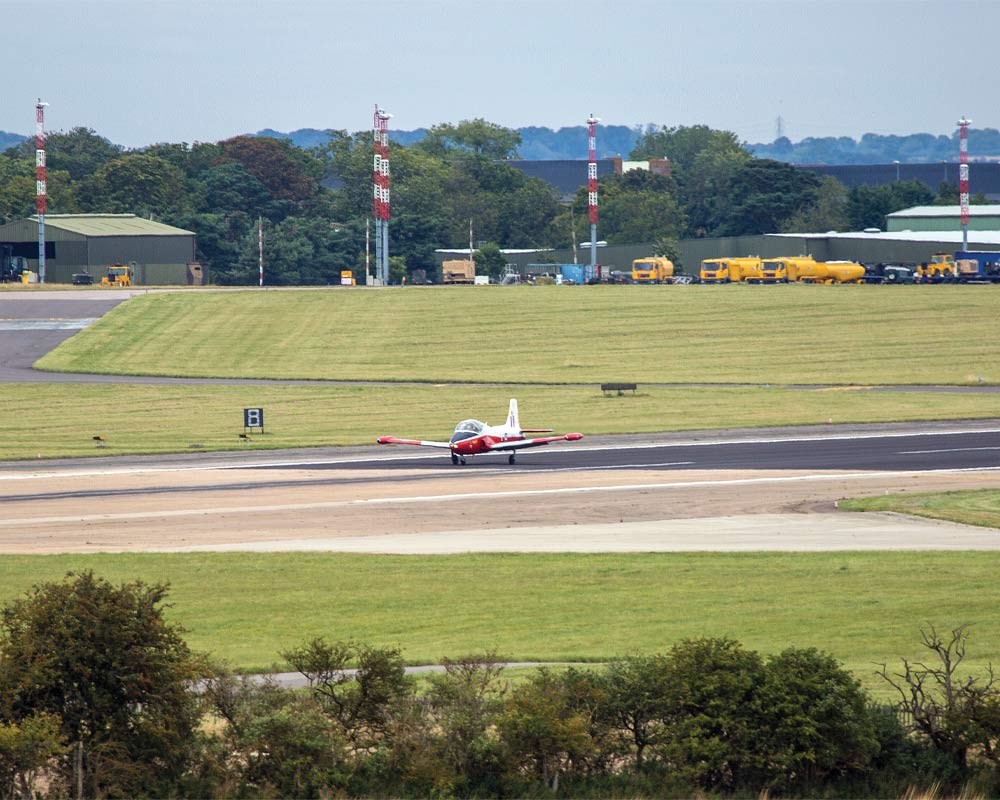
Perhaps the most interesting former airbase is RAF Neatishead, located close to the village of Horning - not least because in 1982 Group Captain Joan Hopkins became the first female RAF officer to take command of an operational station.
Today it’s home to the RAF Air Defence Radar Museum, which covers the fascinating history of air defence in the UK, and includes a complete Operations Room from the Cold War era.
Apart from their historic importance, all these airbases has a profound effect on Norfolk - during the Second World War there were 50,000 US personnel stationed within a 30-mile radius of Norwich, and they had an enormous cultural impact on the county. We were introduced to things such as peanut butter, popcorn and Coca Cola, and came face-to-face with segregation - Diss was reserved exclusively for black servicemen, and Harleston had alternate ‘black’ and ‘white’ days.
It became known as the Friendly Invasion for very good reason. At the end of the war around 40,000 women went to the United States - and two cruise liners had to be requisitioned for them.
Norfolk’s airborne heritage isn’t all relegated to history books, however. Opened in 1916 (two years before the creation of the Royal Air Force) RAF Marham is still very much operational - one of the service’s Main Operating Bases, it’s home to the fifth generation Lockheed Martin F-35B Lightning operated by No. 617 (The Dambusters) Squadron. It also welcomed Queen Elizabeth II in February this year on her first official royal engagement of the new decade.
Most of Norfolk’s airbases may now be long gone or are living new lives, but their importance and their heritage lives on.
